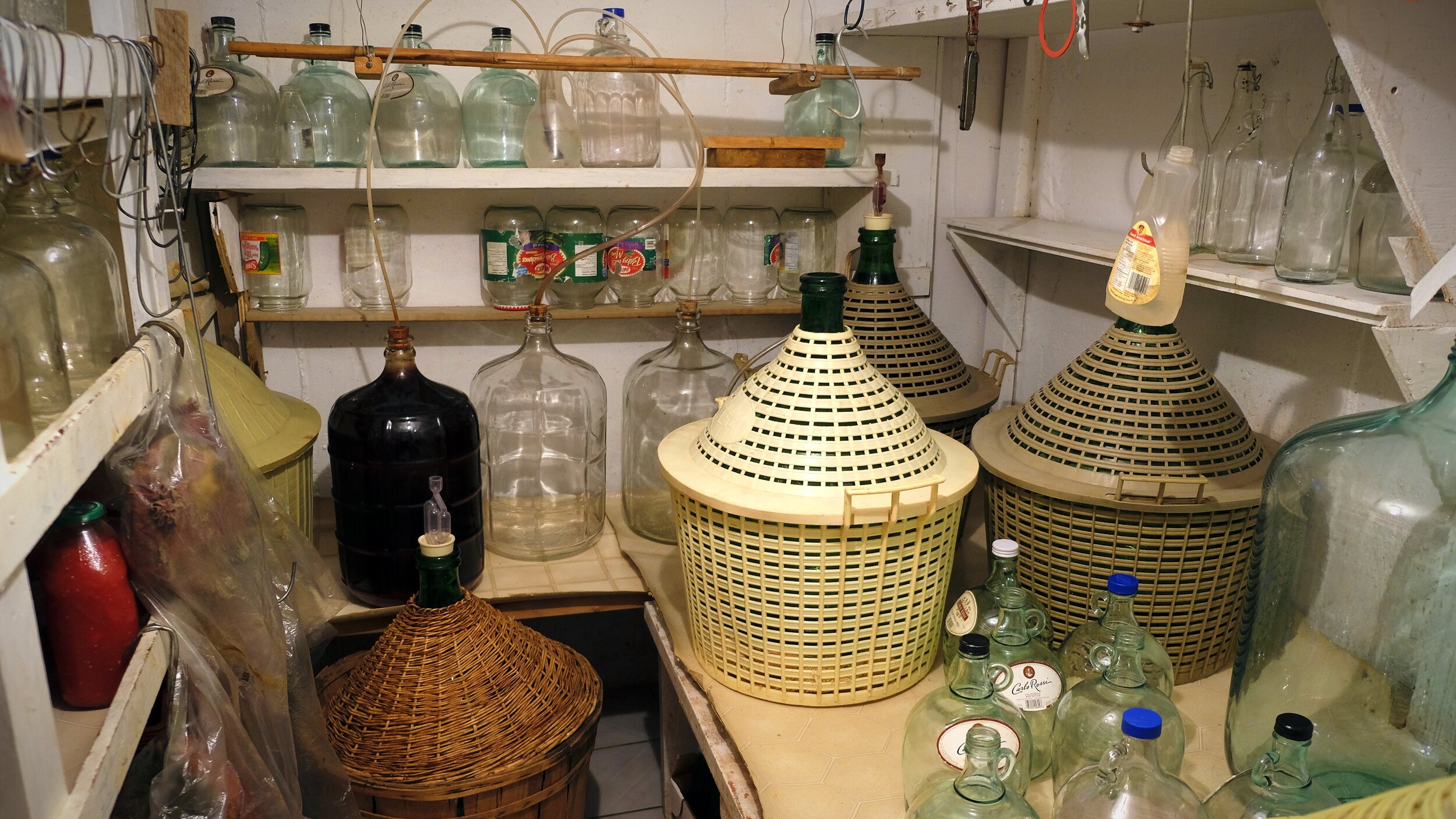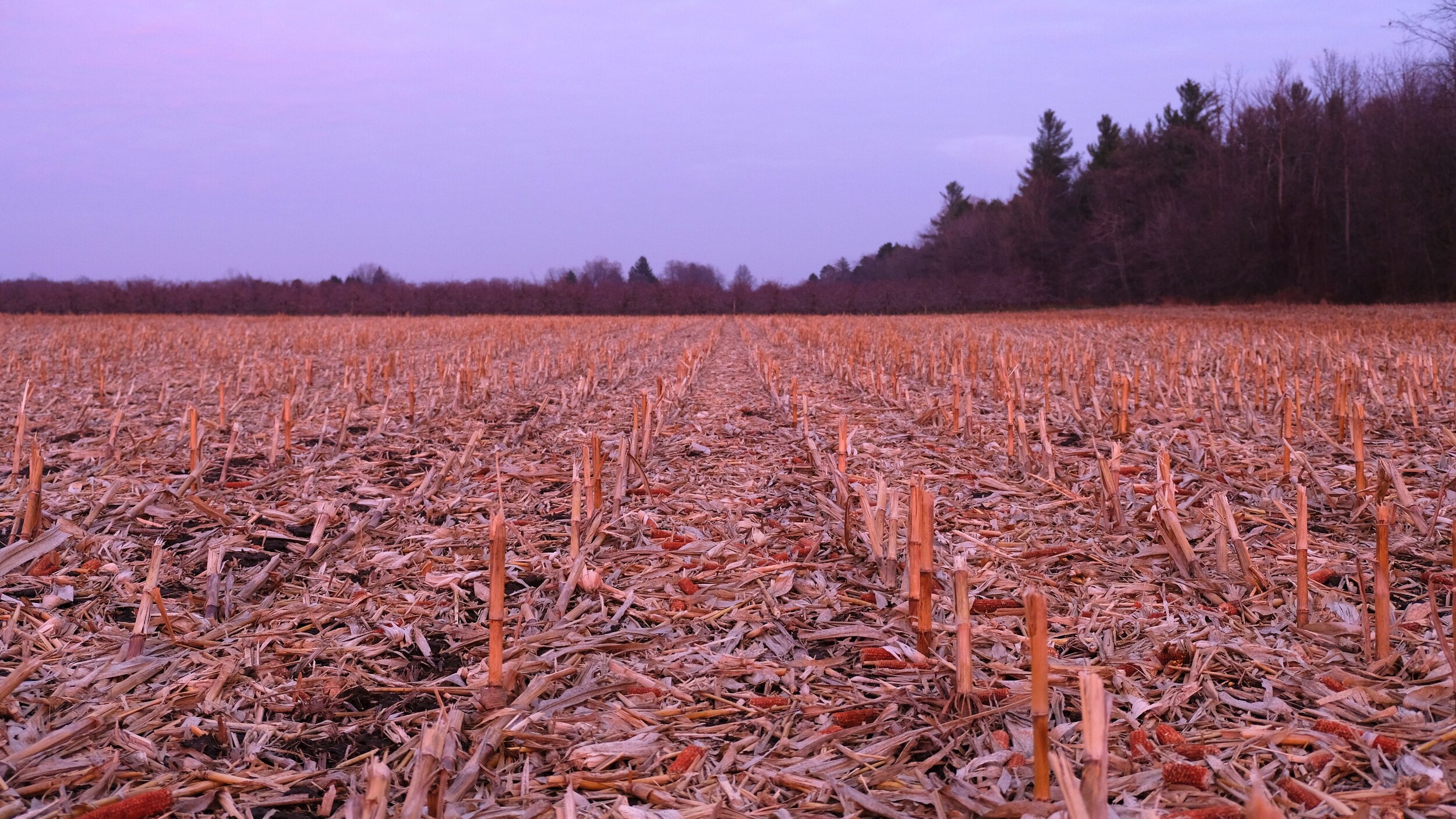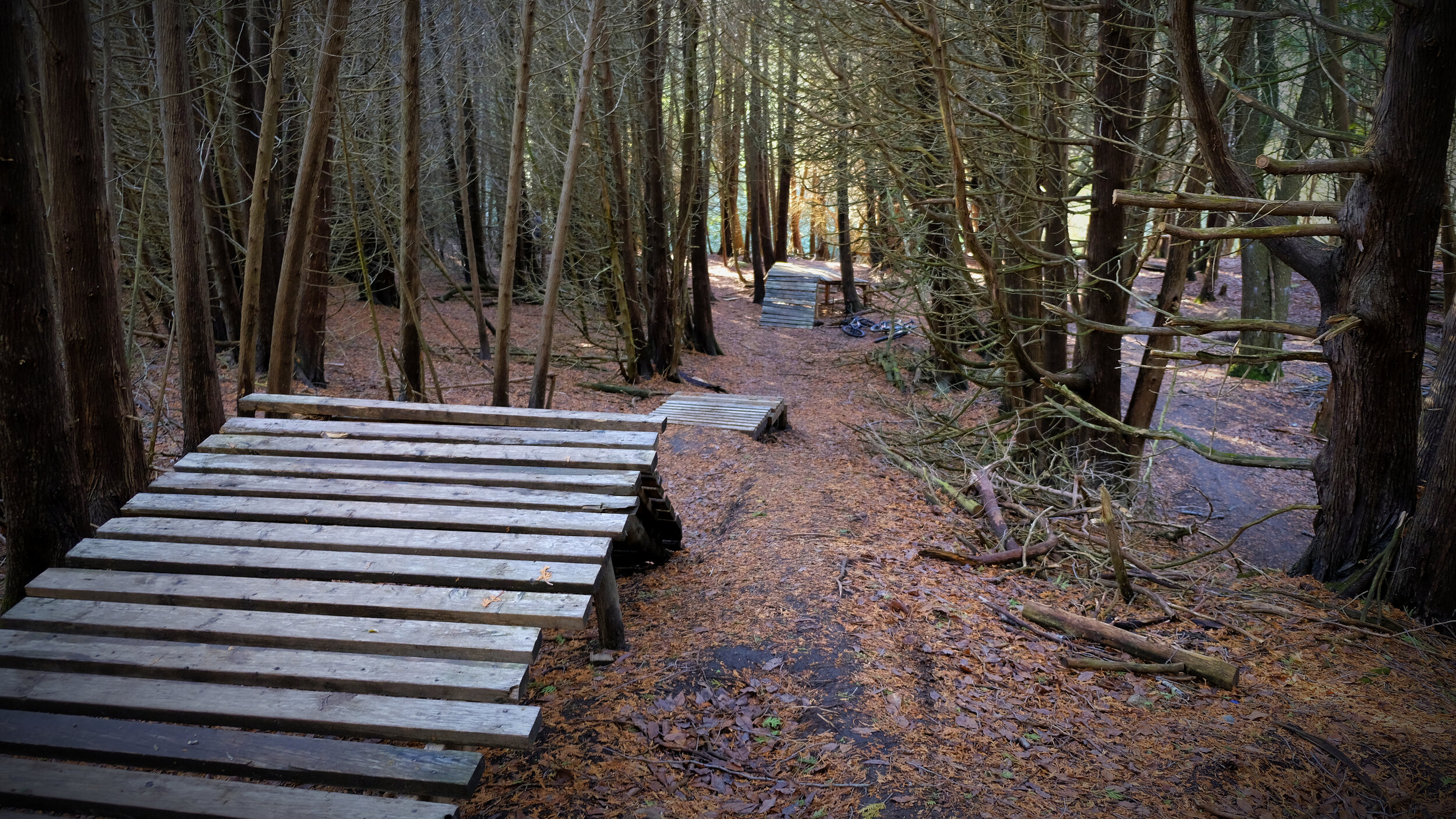The second major death which really affected me was while I was in first year University. I had just entered the University of Toronto and had been given admission into a prestigious and elite special program, the inaugural year of the Vic One program. Designed with a huge budget and to showcase the world class professors and programming of the University, 100 students were selected and put into special classes mentored and guided by the Universities brightest faculty. We studied in small classes, 25 students, and engaged with a variety of topics, from history, politics to the Art Nouveau movement and theories of language. We had special luncheons each week with guest speakers and were treated, obviously unjustly, as if we were special. I found myself bucking against the program immediately and was probably a difficult, ungrateful student. I bristled at the idea that those in the program, regardless of test scores or our backgrounds, were any better than any other student walking the campus.
From my comments so far, you probably think of me as a stuck up, conceited youth, or as someone ungrateful and jaded, unwilling to appreciate anything. Both are definitely true. And so, even as I was lavished attention, special treatment and undue credit, it all sat rather uncomfortably with me and I was often at odds with the entire program. Why I am detailing this will make more sense shortly.
Sometime within the first few months, the University decided to hold a special ceremony at the Isabel Bader theatre. It was designed to acknowledge the program, showcase all the students involved, and drum up publicity for all that money being spent. I remember being seated in the first two rows, surrounded by my peers, well dressed and trying to act like I fit in. I could see the elaborate robes and hats worn by the faculty members, the expensive shoes and neckties by all the young men, and the beautiful dresses and skirts by the females present. Everyone looked wonderful. Everyone looked respectable and enviable. The chair I sat in had a name engraved into the arm rest, ah homage to a previous alumnus, a distinguished former student at the University of Toronto who had passed through its halls. On my chair was inscribed the name; Margaret Atwood.
While this whole procession was going on, something else was happening over an hour drive away. As I sat there surrounded by all that decadence, all that potential and greatness, there was a funeral being held for someone I knew growing up. More than someone I knew, he was like a Godfather to me, someone who was the closest thing I had to a neighbour and who was worlds apart from that University theatre. At that very same moment that I sat and listened to speeches by accomplished intellectuals and decorated faculty, a family and their friends quietly mourned the passing of one John Newhouse.
John and Peggy Newhouse owned the farm land where my parents bought their first home. Just north of Brampton, John and Peggy were a true Canadian farming family who worked tirelessly over their fields and managed their dairy cows. When my mother and father asked to buy a half acre of land to start their family, John and Peggy welcomed them with open arms. From our backyard we could look across the cornfield and highway and see their beautiful traditional farmhouse. Peggy became my Godmother and some of my earliest memories are from her and her home.
The smell of roast beef and pie wafting in from her beautiful warm kitchen, and the sensation of my feet running around on her yellow carpeted floors, are the best and earliest memories I can think of. I remember getting lost in the back rooms of that house, discovering a hidden staircase, watching Disney movies on the box television, and famously, Peggy putting meter sticks through all the cupboard handles to keep me out of her pots and pans. I love those memories. I love John and Peggy.
When I left for University, I didn’t so much leave for school, but more ran away from home and a lot of the problems it contained. My family was in the process of unravelling. Like so many teenagers, my parents going through a divorce, I was eager to be out of that environment and I quickly learned to look only forwards as I explored my newfound freedom. I left home and didn’t look back. Sadly this also meant I lost touch with a lot of people. I abandoned most of my high school friendships and didn’t have many connections with home left. I was young and naive and thought only of myself.
During that first year, I had no idea what was going on with John and Peggy. For my whole life they were my ideal image of the hardworking Canadian family. Peggy was vibrant, strong, quick witted and always ready to laugh. Her humor and charm was only matched by her boundless love and how fiercely she protected and helped those around her. She was an incredible force of nature who truly was more of a grandmother to me. John seemed much more stoic, quiet and reserved, I never heard him say much but I could tell he was the kind of man who knew that special satisfaction only privy to those who have spent long and tireless hours working in a field and who have returned home dusty and exhausted, secure in the knowledge that they had put in an honest days work. John Newhouse was the solid, secure model of a man and farmer to me, who also had an incredibly genuine and caring smile.
I am ashamed to say I really don’t know what happened to John. I’m not sure how his health failed him, or what happened near the end, somehow the news of his passing only came to me quite late. Preoccupied with my classes, new friends and life downtown, I didn’t really know what was happening to my Godparents. Before I knew it, I heard John had passed away. The funeral was being held on that same day as the opening Vic One ceremony. Needless to say, I chose to stay downtown. Needless to say, I made the wrong choice.
While I should have been there, mourning the passing of a truly great man, sharing in the burden of loss with his family and loved ones, instead I found myself sitting in a vast theatre surrounded by strangers I thought were important. Whereas I should have moved heaven and earth to be where it mattered, even if I should have been there sooner, instead I chose the easier, more convenient way out. I had commitments, thins to do, and it was already too late was how I justified it in my mind.
I sat in that plush theatre chair, as I had for many classes, and listened to distinguished guest speakers, while acclaimed intellectuals and faculty laud themselves and hand out awards. I sat in a room full of people congratulating themselves on how great they were, how smart they were and how special they were. I sat in that room and felt that terrible, gut wrenching sickness deep in my stomach.
I was ashamed.
Somehow I had lost sight of something really important in my life. Somehow I had lost touch with someone who had cared for me, given me love, welcomed me into his home. Somehow being special and recognized seemed so important and I immediately knew it was the wrong mistake. Listening to people who’s lives were probably not even close to as good and honest as Johns made me hate myself. As I looked around the room and listened, feeling detached and unsettled with myself, I couldn’t help but contrast the room I was in with my memories of John and Peggy. Fancy shined shoes, exotic clothes and perfumes, expensive upholstery and technology, versus the John Deere cap and simple denim overalls I can still picture John in. The simple, beautiful, vibrant kitchen and porch where I would run in to greet Peggy and John. There was no question in my mind which world meant more to me. Perhaps even more paradoxical, John actually went to school in the very same one room school house that my parents turned into their studio. Like most rural farmers, children of different ages all met up in a single school house, with a single teacher, and were taught together. We even have photos of John as a young boy, dusty shorts and that quiet, somber look children had in older photos. What a far cry from the auspicious halls of the University of Toronto. In my mind, what a more meaningful and important life.
Of course I don’t hold anything against the individuals in that room that day. I can’t judge them or who they are. But in my mind, in that moment, all they came to represent was a world of spectacle and material wealth, of being recognized and valuing status, versus family and good honest upright values. I had chosen to surround myself with people I didn’t really care about, and I had let down those who had supported and loved me. I was, and I am, ashamed of myself for that.
I wish I could say that this experience left me with some deeper understanding, a life lesson that I took to heart. Throughout this reflection I wrote the word “somehow” over and over again, almost as a mantra, almost as if somehow this had happened to me by accident. Like I was some kind of victim. Shame is what I felt the strongest that day. Shame is what I feel strongest right now. I didn’t learn from that event. I didn’t learn from that sickening feeling deep in my stomach. After all this time all I can do is confront the fact that that very same person I was then; weak, self centered, conceited, scared, afraid, is the very same person I am now.
As I continued in University, I kept myself occupied, still avoiding home and all the issues that lived there. The discomfort, the loss of feeling ‘home’ anywhere. In my desire to just move forwards or lose myself in the now, I committed the very same mistake. Having lost touch with everyone back home, I missed out on something even more painful for me. One day, without even knowing what had happened, I learned almost in passing that Peggy had passed away. She died slowly from cancer and I didn’t even know.
I have a hard time thinking about it now. I’m still filled with feelings of regret and shame. I didn’t learn anything and I missed chances to see her and spend time with her that I could never get back. I’m comforted knowing that Peggy was always, and I believe somehow still is now, surrounded by her loved ones. She was cherished by all her family and friends, so I know her passing wasn’t alone. I just regret that I couldn’t add my own feelings of gratitude and love when it counted the most.
This was hard for me to write, I don’t think I’ve talked about this specifically before, but it was a very important experience for me. I often go through feelings of self loathing, regret and shame. I don’t think they are bad. I know they are well deserved. As many people have earned their happiness, I have earned my sleepless nights and internal strife. I wish I had been a better Godson to John and Peggy. I wish I had treasured the time I had with them more. My memories are filled with joy and love. I wish I had taken the time to create even more of them. I hope this time, writing this and facing it head on, maybe I’ll learn from it. Somehow though, I’m ashamed to admit, I’m doubtful and not that optimistic.
Thank you for taking the time to read this. As flawed as I am, it helps just getting it out here.




























